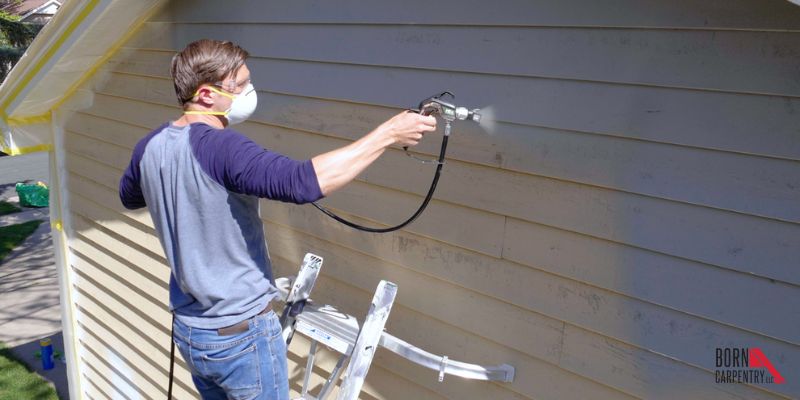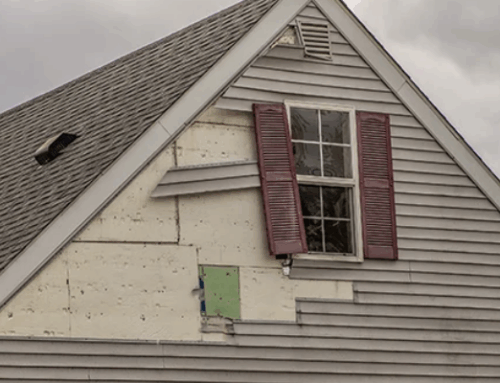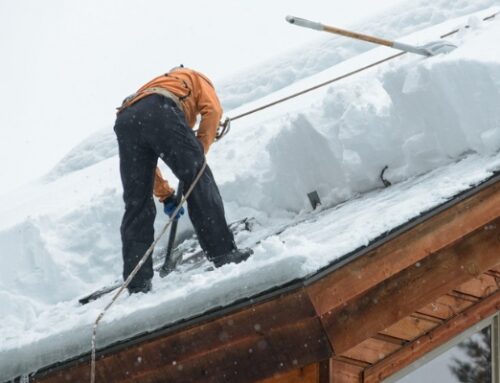When considering the exterior of a home, siding plays a key role. It is the first line of defense against environmental elements and provides insulation and protection for both the home’s exterior and interior. However, siding can also be susceptible to damage, leading to undesired problems. Understanding what common siding problems exist and how to best address them is essential for ensuring that the exterior of your home remains in optimal condition.
What are common siding problems? What are some methods for addressing and resolving them? Knowing what to do when a problem arises can extend the life of your siding and help protect your home… Here are some issues…
Water Damage
Water damage can be caused by a variety of factors, including poor installation, inadequate flashing or clogged gutters. If water infiltrates the siding, it can cause rotting, warping or mold growth. In severe cases, water damage can lead to structural damage in the home, requiring costly repairs. It’s important to regularly inspect the siding for signs of water damage and address any issues promptly. Homeowners can prevent water damage by ensuring proper installation, cleaning gutters regularly and repairing any leaks or damage as soon as they occur.
If there is water damage to the siding, it’s important to address the source of the problem first. This could involve repairing or replacing damaged gutters, fixing any leaks in the roof or windows or addressing drainage issues around the home.
Cracks & Holes

Cracks and holes can form in siding due to various factors, including exposure to extreme temperatures, aging or impact damage from objects like tree branches or hail. These openings can allow moisture to seep into the walls, leading to rot and other forms of water damage. Additionally, cracks and holes can detract from the home’s appearance and reduce its curb appeal. Homeowners should inspect their siding regularly for signs of cracks and holes and address any issues promptly.
For small cracks or holes, homeowners can use a sealant or patching material to repair the damage. For larger areas of damage, the affected siding may need to be replaced. This can involve removing the damaged boards and installing new ones in their place.
Fading & Discoloration

Siding can fade or become discolored over time due to exposure to the sun’s UV rays. This can occur more quickly with certain types of siding, such as vinyl or aluminum. Fading and discoloration can make the home look old and worn out, detracting from its curb appeal. Homeowners can prevent fading and discoloration by choosing to side with UV protection, such as fiber cement or brick. Additionally, regular cleaning and maintenance can help keep the siding looking its best.
If the siding has faded or become discolored, homeowners can consider painting or staining the affected area to restore its appearance. Alternatively, the affected siding can be replaced with new siding that matches the original color and style. Choosing to side with UV protection can help prevent future fading or discoloration.
Pest Infestation
Siding can provide an entry point for pests such as insects and rodents, which can cause damage to the home’s interior and exterior. Insects such as termites can cause significant damage to wood siding, while rodents can chew through various types of siding materials. Homeowners should inspect the siding for signs of pest infestation, such as chew marks, droppings or nests. If an infestation is detected, it’s important to address the issue promptly to prevent further damage. In this case, homeowners should consult with a pest control professional to address the issue. Once the pests have been removed, any damaged siding should be replaced or repaired as necessary to prevent further damage.
Buckling & Warping
Siding can buckle or warp due to exposure to extreme temperatures, moisture or improper installation. This can create gaps between the siding and the home’s structure, allowing moisture to seep in and cause damage. Buckling or warping can also detract from the home’s appearance and reduce its curb appeal. Homeowners should regularly inspect the siding for signs of buckling or warping and address any issues promptly. In some cases, the affected siding may need to be replaced to ensure proper protection and the appearance of the home.
If the siding is buckling or warping, homeowners should first address the source of the problem. This may involve addressing drainage issues or improving ventilation in the affected area. Once the underlying issue has been resolved, the affected siding may need to be replaced to restore the home’s appearance and protect it from further damage.
Summary:
By now, you’ve learned the importance of timely repairs, helping to ensure that minor issues do not become major ones. You should also know how to tell when it is time to call in the professionals. Call Born Carpentry at 612-747-8003 to ask about siding services.
Now that you know the major advantages of cleaning and maintaining your siding, potentially preventing the need for costly repairs, you can inspect and proactively look for any of these common siding problems. In this way, you can ensure that your siding lasts for many years to come. With proper maintenance and repairs, you can enjoy your beautiful siding much longer than you would have without this knowledge.






